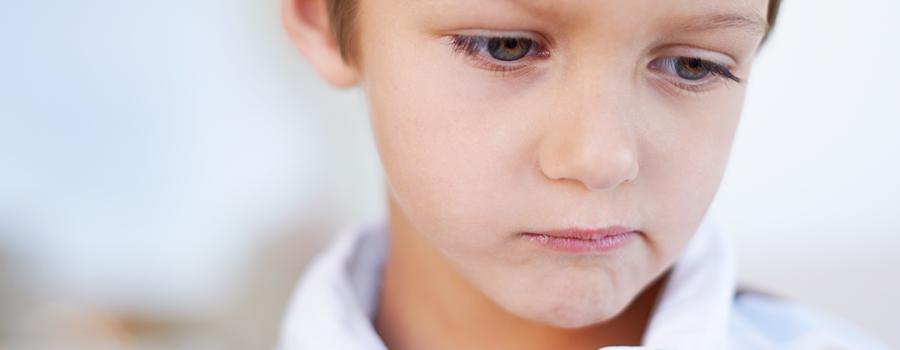He was six and it was his unexpected, quiet remark that clearly described the struggle, “I just feel like something bad is going to happen all the time.” For this boy, like many others, childhood included too many scary life experiences. He was well prepared to respond to danger at any time – he knew it well. However, his remarkable sensitivity to detect danger and react quickly wasn’t always working out well for him. In fact, at school he had recently been labeled as, impulsive, aggressive, and oppositional. The natural defenses he’d built to survive years of trauma now looked like defiant behavior. It was causing him, and those around him, great frustration and confusion. Those early traumatic experiences had profoundly impacted his ability to manage his feelings, control his behavior, and have relationships with friends and those caring for him. This once helpful, biologically driven response to danger had now betrayed him.
Childhood trauma is common.
One out of four children will experience a traumatic event before age sixteen. There are key differences between run-of-the-mill stressful times and a traumatic experience. First, it poses a real or perceived threat to the life or well-being of the child or someone close to them (such as a parent or best friend). Second, it causes an overwhelming sense of terror, horror, and helplessness. And finally, the body generally reacts to this threat automatically with increased heart rate, shaking, dizziness, and rapid breathing due to the release of stress hormones like adrenaline and cortisol. This is often referred to as our “fight, flight, or freeze” response. Traumatic events are not limited to child maltreatment such as sexual or physical abuse but also include other events such as a life-threatening car accident, a natural disaster, or witnessing domestic violence.
Childhood trauma is complicated.
The signs and symptoms of traumatic stress are easily misunderstood in children. One of the greatest challenges in addressing childhood trauma is that it can look different in every child; even in siblings that may have very similar experiences. Children can express themselves in a wide variety of ways that may include: aggression, depression, self-harm, eating too much or too little, sleeping too much or too little, perfectionism, impulsivity, and/or substance abuse. Common signs of traumatic stress in children include an inability to focus or pay attention, quick to startle or react, recurrent nightmares, flashbacks or repetitive play around a certain theme or avoiding anything that may be a reminder of earlier traumatic events.
We must recognize signs of traumatic stress and intervene early. Less than 10% of children who need mental health services ever receive them. Many children suffering from traumatic stress never receive a diagnosis of Posttraumatic Stress Disorder (PTSD), but rather an extensive list of diagnoses such as: ADHD, Oppositional Defiant Disorder, Conduct Disorder, Bipolar Disorder, or Reactive Attachment Disorder. These labels generally don’t capture the full impact of trauma and often precipitate ineffective treatment because they distract us from what may be at the root problem – traumatic stress.
This blog article was contributed by Heather Simonich, Operations Director for Nexus-PATH, an agency of Nexus Family Healing.
Nexus Family Healing is a national nonprofit mental health organization that restores hope for thousands of children, families, and adults each year through services in community mental health, crisis and stabilization, foster care and adoption, and residential treatment. For over 50 years, we’ve used innovative, personalized approaches to heal trauma, break cycles of harm, and reshape futures. We believe every child is worth it — and every family matters. Access more resources at nexusfamilyhealing.org/resources.
